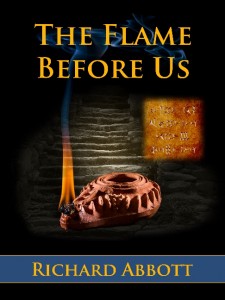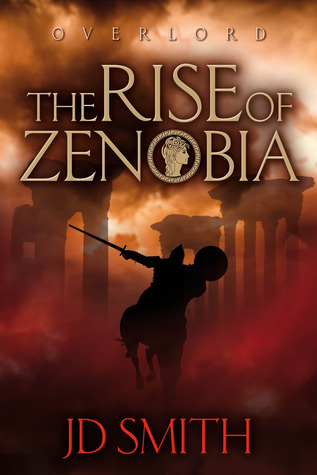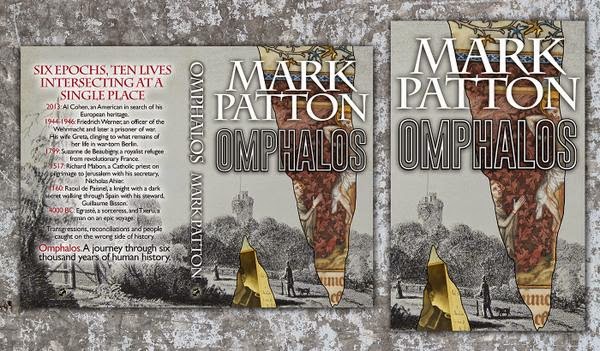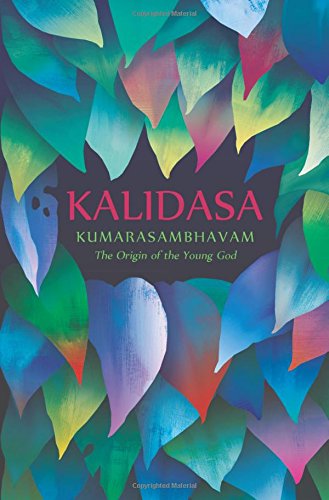As many of you know, I review books for the Historical Novel Society (HNS) and part of the deal is that they appear first on the HNS web site. So here are two reviews from the last batch: they can be found online at:
The Wessex Turncoat (http://historicalnovelsociety.org/reviews/the-wessex-turncoat/)
and
Do Not Forget Me Quite (http://historicalnovelsociety.org/reviews/do-not-forget-me-quite/)
Now for the reviews themselves…
The Wessex Turncoat
 The Wessex Turncoat follows apprentice blacksmith Aaron Mews, from his home near Fordingbridge, Hampshire, through forced entry into George III’s army, over to Canada. The second half of the book describes his part in the disastrous 1777 campaign against the rebellious American colonies.
The Wessex Turncoat follows apprentice blacksmith Aaron Mews, from his home near Fordingbridge, Hampshire, through forced entry into George III’s army, over to Canada. The second half of the book describes his part in the disastrous 1777 campaign against the rebellious American colonies.
The period and setting were new to me, and it was an interesting narrative choice to follow – a failed campaign rather than a victorious one. This threw the focus on Aaron himself, who comes over as a passive character, though loyal and very much a survivor. Many of the characters are stereotyped – the nice corporal, the nasty sergeant who is actually well-meaning, etc – and the main strengths are the descriptions of the age. Aaron is propelled here and there by his superiors, and by the social structures of his time, and only near the end does he start to make decisions for himself. Appropriately, his dominant experiences are of loss and difficulty.
There are several plot lines which are raised but never resolved. This probably reflects Aaron’s own inability to pursue them, but in the context of a novel they are frustrating. Similarly, the ending was left unclear, and I would have preferred to know more about the choice Aaron is making: is this perhaps when he becomes a turncoat? The later chapters are rushed in comparison to the gradual unfolding of earlier ones.
The book is well presented and proofread and reads as gentle in content – war, hardship, sex and violence are constant parts of Aaron’s life, but are described in very mild terms, which would make this suitable for younger readers as well as adults. The story will appeal to those wanting to immerse themselves in depth into lower-class, seventeenth-century rural and military life. It also delves a little into the cultural mix of the emerging United States.
Do Not Forget Me Quite
 Do Not Forget Me Quite spans nearly twenty years of a family’s life, starting on the eve of WWI. The main focus is on the father, John, who feels morally obliged to enlist in the medical corps as hostilities commence. His wife Emma resents this, and in part the book explores the ensuing personal and family distress that follows for the couple and their children. The most evocative section is when John is invalided home before the end of the war, and John and Emma are forced to confront the consequences of their choices. Towards the end of the book Emma fades out, and their eldest daughter replaces her as a female protagonist.
Do Not Forget Me Quite spans nearly twenty years of a family’s life, starting on the eve of WWI. The main focus is on the father, John, who feels morally obliged to enlist in the medical corps as hostilities commence. His wife Emma resents this, and in part the book explores the ensuing personal and family distress that follows for the couple and their children. The most evocative section is when John is invalided home before the end of the war, and John and Emma are forced to confront the consequences of their choices. Towards the end of the book Emma fades out, and their eldest daughter replaces her as a female protagonist.
Readers should be aware that the book is, and feels, very long. The focus shifts between several family members, and intersects with the life of Ivor Gurney, a significant musician and poet of the time. I found myself wondering whether it would have been more effective for Richard to split the ideas between two or more books? The apparent coincidences bridging the different scenes were not easy to follow, and did feel very contrived.
Technically the book has been well proofread and presented, with chapter and section breaks clearly signalled with year indicators where appropriate. Cream paper rather than the white used is more relaxing for the eye, however. I wondered about occasional turns of phrase which seemed too modern, but mostly Richard uses variations of dialect to suggest the home areas in England of characters.
The book will be enjoyed by readers who like exploring the land battles of WWI from the perspective of comparatively unimportant participants who have no possibility of making significant change to the setting or the system.




 Dawlish’s career is characterised by a series of secretive operations to further British interests, well outside the publicly visible face of the Navy. He is one of the servicemen of that age who were willing to experiment with a wide range of emerging technologies, which together were rapidly transforming sea travel and sea warfare from the sailing ships of Nelson’s time to the ironclads of the First World War. Indeed, other than ship-based aircraft, all of the ingredients of modern naval warfare were well formed during Dawlish’s lifetime.
Dawlish’s career is characterised by a series of secretive operations to further British interests, well outside the publicly visible face of the Navy. He is one of the servicemen of that age who were willing to experiment with a wide range of emerging technologies, which together were rapidly transforming sea travel and sea warfare from the sailing ships of Nelson’s time to the ironclads of the First World War. Indeed, other than ship-based aircraft, all of the ingredients of modern naval warfare were well formed during Dawlish’s lifetime. This is the rather sombre setting, with its continual sense of impending doom, that JD Smith has chosen to write about. The cast of characters is a mixed group of individuals, mostly drawn from a single extended family and their retinue, who are striving to preserve the way of life that they know. The question which dominates the book is whether Rome will be either willing or able to help, or whether the region would be better served by cutting loose altogether.
This is the rather sombre setting, with its continual sense of impending doom, that JD Smith has chosen to write about. The cast of characters is a mixed group of individuals, mostly drawn from a single extended family and their retinue, who are striving to preserve the way of life that they know. The question which dominates the book is whether Rome will be either willing or able to help, or whether the region would be better served by cutting loose altogether. The closest analogy I have read is The Source, by James Michener, but Mark achieves here something which in my view is more memorable and more human. The Source tended, despite the author’s efforts, to lose the personal dimension against the grand sweeps and calamities of history. Also it progressed linearly forwards through history rather than giving the sense of diving deep, and then slowly surfacing again. Mark, while still setting his various characters in times of flux and crisis, never allows these settings to obscure personal dramas and interpersonal relationships. Sometimes the links between the layers are obvious; other times there are only little clues in the narrative to spark the connection.
The closest analogy I have read is The Source, by James Michener, but Mark achieves here something which in my view is more memorable and more human. The Source tended, despite the author’s efforts, to lose the personal dimension against the grand sweeps and calamities of history. Also it progressed linearly forwards through history rather than giving the sense of diving deep, and then slowly surfacing again. Mark, while still setting his various characters in times of flux and crisis, never allows these settings to obscure personal dramas and interpersonal relationships. Sometimes the links between the layers are obvious; other times there are only little clues in the narrative to spark the connection. The Summer Queen follows the life of Eleanor of Aquitaine (Alienor here, a more accurate representation of the name) up to the point where she is about to arrive in England as the new queen of this land. She is already a highly travelled and shrewd ruler of her own territory and others, and the expectation is set in the reader that things are on the up, after some unpleasant experiences in the first part of her life.
The Summer Queen follows the life of Eleanor of Aquitaine (Alienor here, a more accurate representation of the name) up to the point where she is about to arrive in England as the new queen of this land. She is already a highly travelled and shrewd ruler of her own territory and others, and the expectation is set in the reader that things are on the up, after some unpleasant experiences in the first part of her life. The theme of the work is the courtship of Shiva and Parvati, as imagined through their personal interactions, the participation of other individuals, and the rich echoes of their emerging love in the natural world. The 8th section celebrates their sexual union after their wedding. In due course this will lead to the birth of the Young God of the title, who will liberate parts of the natural and divine world from oppression. Over the years, this final section has been sometimes been regarded as an improper subject for poetry, and has often been omitted from published versions. To me this immediately brought to mind the Song of Songs in the Hebrew Bible, which has from time to time only gained acceptance by being read as allegory rather than literal delight.
The theme of the work is the courtship of Shiva and Parvati, as imagined through their personal interactions, the participation of other individuals, and the rich echoes of their emerging love in the natural world. The 8th section celebrates their sexual union after their wedding. In due course this will lead to the birth of the Young God of the title, who will liberate parts of the natural and divine world from oppression. Over the years, this final section has been sometimes been regarded as an improper subject for poetry, and has often been omitted from published versions. To me this immediately brought to mind the Song of Songs in the Hebrew Bible, which has from time to time only gained acceptance by being read as allegory rather than literal delight. The Wessex Turncoat follows apprentice blacksmith Aaron Mews, from his home near Fordingbridge, Hampshire, through forced entry into George III’s army, over to Canada. The second half of the book describes his part in the disastrous 1777 campaign against the rebellious American colonies.
The Wessex Turncoat follows apprentice blacksmith Aaron Mews, from his home near Fordingbridge, Hampshire, through forced entry into George III’s army, over to Canada. The second half of the book describes his part in the disastrous 1777 campaign against the rebellious American colonies. Do Not Forget Me Quite spans nearly twenty years of a family’s life, starting on the eve of WWI. The main focus is on the father, John, who feels morally obliged to enlist in the medical corps as hostilities commence. His wife Emma resents this, and in part the book explores the ensuing personal and family distress that follows for the couple and their children. The most evocative section is when John is invalided home before the end of the war, and John and Emma are forced to confront the consequences of their choices. Towards the end of the book Emma fades out, and their eldest daughter replaces her as a female protagonist.
Do Not Forget Me Quite spans nearly twenty years of a family’s life, starting on the eve of WWI. The main focus is on the father, John, who feels morally obliged to enlist in the medical corps as hostilities commence. His wife Emma resents this, and in part the book explores the ensuing personal and family distress that follows for the couple and their children. The most evocative section is when John is invalided home before the end of the war, and John and Emma are forced to confront the consequences of their choices. Towards the end of the book Emma fades out, and their eldest daughter replaces her as a female protagonist.